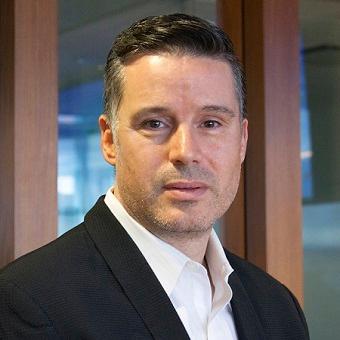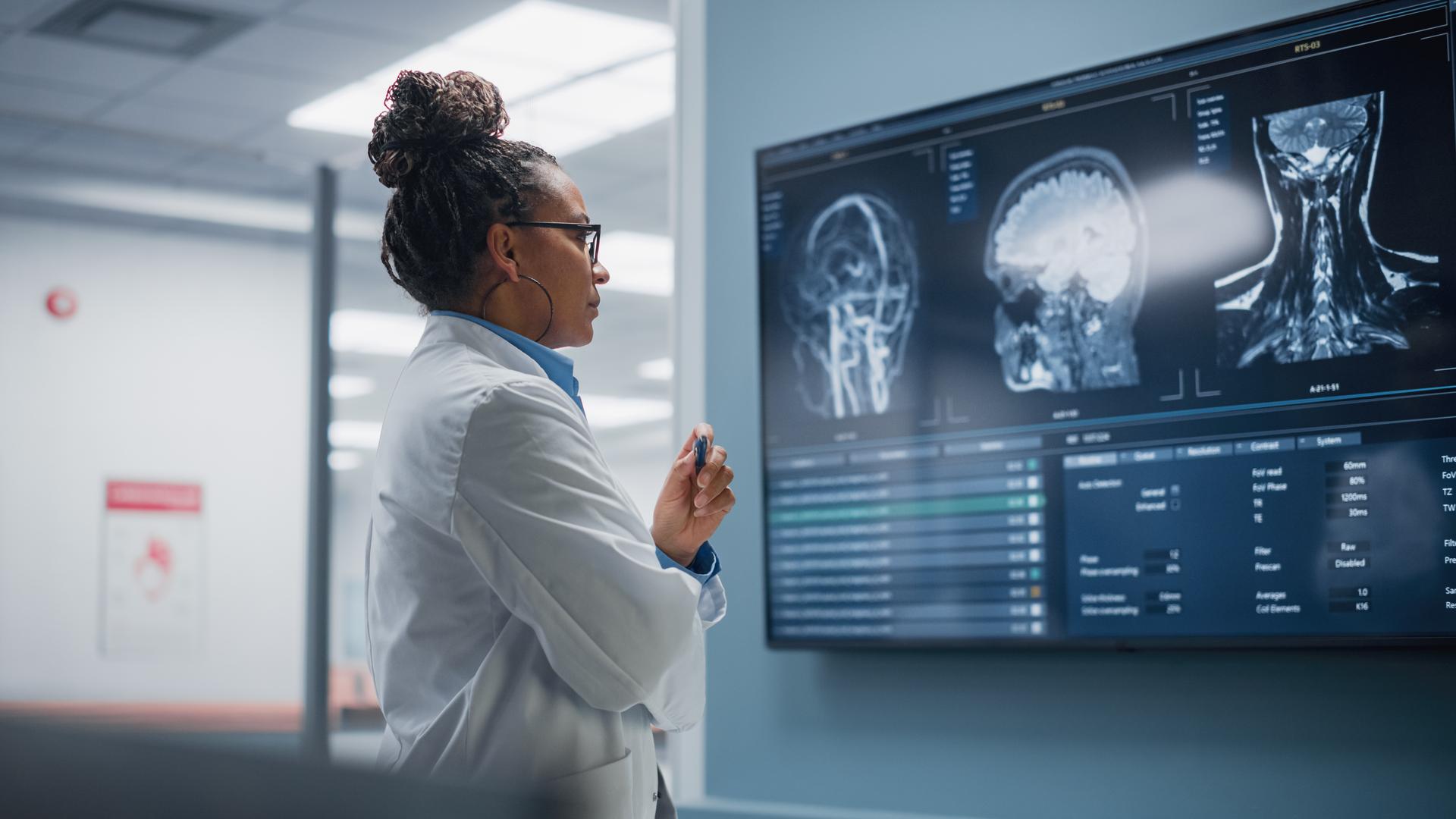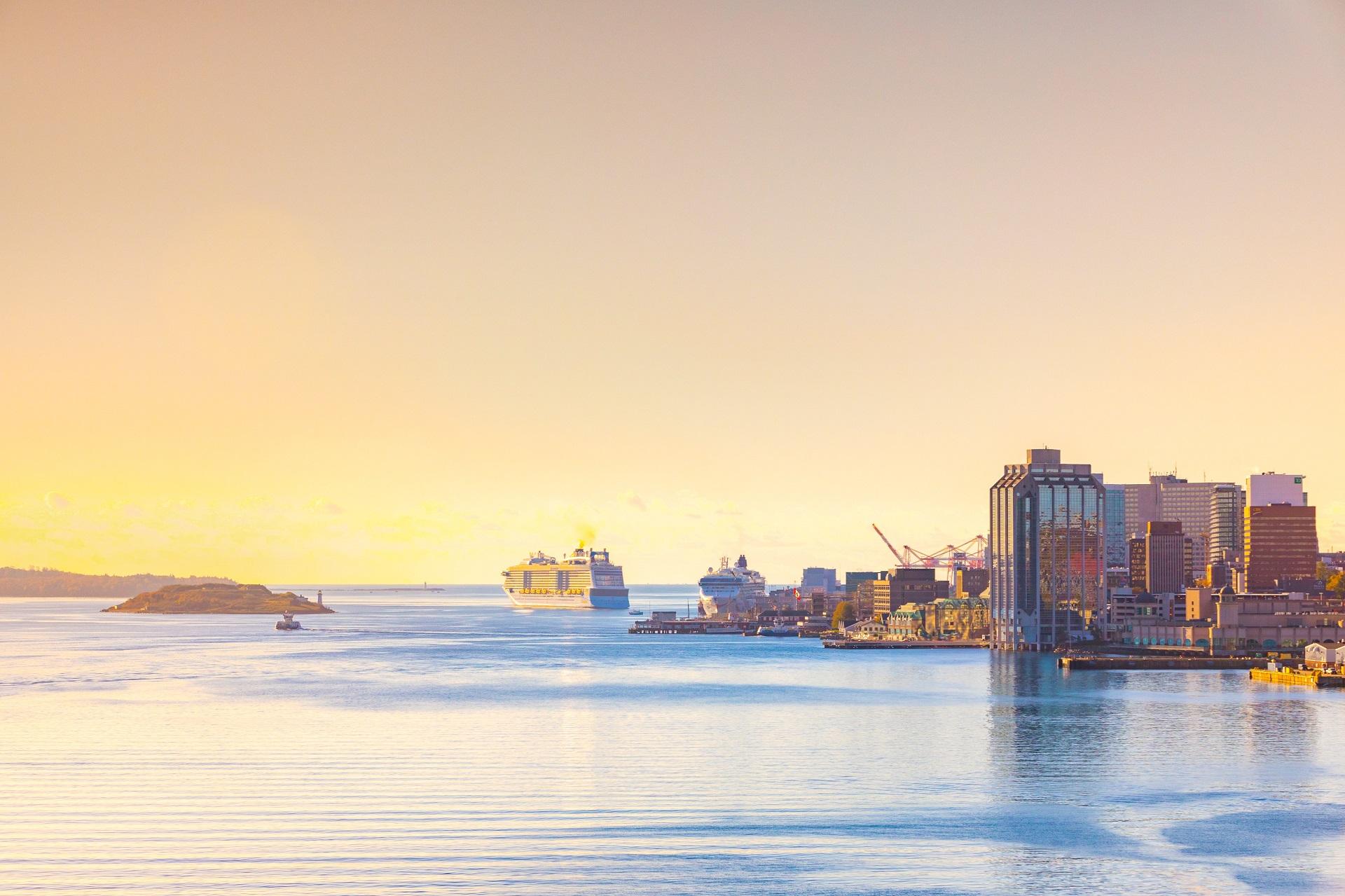In the early 2000s, Halifax, Nova Scotia embarked on an ambitious quest to grow its life sciences ecosystem across a span of sub-sectors — including neuroscience. Nestled along the east coast of Canada, the harbour city had all the ingredients for a thriving sector: an impressive track record in brain research, world-leading healthcare facilities and vibrant post-secondary institutions, supportive government infrastructure, along with an exceptional talent pool.
“It punched way above its weight class across a discipline of neuroscience research,” explains Dr. Ryan D’Arcy, a renowned neuroscientist. Dr. D’Arcy spent a decade advancing the life sciences centre in the region as the leader of the National Research Council Institute of Biodiagnostics (NRC IBD) Atlantic, which developed non-invasive medical diagnostic technologies to improve treatments for a host of diseases.
In the early 2000s, Halifax, Nova Scotia embarked on an ambitious quest to grow its life sciences ecosystem across a span of sub-sectors — including neuroscience. Nestled along the east coast of Canada, the harbour city had all the ingredients for a thriving sector: an impressive track record in brain research, world-leading healthcare facilities and vibrant post-secondary institutions, supportive government infrastructure, along with an exceptional talent pool.
“It punched way above its weight class across a discipline of neuroscience research,” explains Dr. Ryan D’Arcy, a renowned neuroscientist. Dr. D’Arcy spent a decade advancing the life sciences centre in the region as the leader of the National Research Council Institute of Biodiagnostics (NRC IBD) Atlantic, which developed non-invasive medical diagnostic technologies to improve treatments for a host of diseases.
In 2010, Dr. D’Arcy learned that there was an opportunity for Halifax to bid to host the 2014 International Conference on Biomagnetism, or BIOMAG 2014 — which is the world’s premier conference on neuroscience and biomagnetism mapping of the brain. Thanks to the city’s depth of knowledge and infrastructure — not to mention a strong team effort that included leads from the Halifax Convention Centre and local companies — the bid was successful.
“Historically in neuroscience and brain research, Canada has been highly regarded on the world stage. Many of the pioneers around how we understand the brain come from Canada, which was a major advantage to holding the event here,” he explained. “Canada also has a reputation for being a breathtaking country, and many people were particularly interested in experiencing the seaside charm and rugged beauty of Atlantic Canada.”

BIOMAG 2014 took place from August 24 – 28, 2014 at the Halifax World Trade and Convention Centre. The conference put the spotlight on local innovators and thought leaders, who spoke at the conference and shared their innovations with global counterparts on lab tours and during workshops. Along with seeing the city’s local expertise, delegates were also able to experience the authentic east coast of Canada in between sessions.
Ultimately, BIOMAG 2014 was heralded as one of the most successful conferences in its history — and it had a significant economic impact on Halifax. Attendance rates were high, with 520 delegates travelling from 31 countries. All told, the conference resulted in close to $1 million in direct business sales, 1,740 room nights sold and supported over 300 jobs.
However, it was in the months and years that followed that BIOMAG’s impact on Halifax was truly felt. As local experts soon realized, the conference helped put Halifax on the world stage for clinical neuroscience and innovation.
Shortly before BIOMAG came to Halifax, the NRC IBD Atlantic transitioned into the Biomedical Translational Imaging Centre (BIOTIC) — a medical imaging research centre embedded directly within the IWK Health Centre and the QEII Health Sciences Centre that helps advance the development of technologies. As Dr. Steven Beyea, head of BIOTIC, explains, the conference had a key role in its early days.
“BIOMAG was critical to us early on,” he says. “We weren’t a well-known entity at that time, so nationally and internationally, we had to find a way to get noticed and build a brand. BIOMAG increased awareness of who we are and what we do.”
BIOMAG also played a key role in attracting future conferences to Halifax. Three years after it took place, Halifax successfully hosted another international conference: the 14th annual International Conference on Magnetic Resonance Microscopy. It was the first time the event was held in Canada, and it brought even more exposure in the core areas that Halifax excels in.
BIOMAG 2014 took place from August 24 – 28, 2014 at the Halifax World Trade and Convention Centre. The conference put the spotlight on local innovators and thought leaders, who spoke at the conference and shared their innovations with global counterparts on lab tours and during workshops. Along with seeing the city’s local expertise, delegates were also able to experience the authentic east coast of Canada in between sessions.
Ultimately, BIOMAG 2014 was heralded as one of the most successful conferences in its history — and it had a significant economic impact on Halifax. Attendance rates were high, with 520 delegates travelling from 31 countries. All told, the conference resulted in close to $1 million in direct business sales, 1,740 room nights sold and supported over 300 jobs.
However, it was in the months and years that followed that BIOMAG’s impact on Halifax was truly felt. As local experts soon realized, the conference helped put Halifax on the world stage for clinical neuroscience and innovation.
Shortly before BIOMAG came to Halifax, the NRC IBD Atlantic transitioned into the Biomedical Translational Imaging Centre (BIOTIC) — a medical imaging research centre embedded directly within the IWK Health Centre and the QEII Health Sciences Centre that helps advance the development of technologies. As Dr. Steven Beyea, head of BIOTIC, explains, the conference had a key role in its early days.
“BIOMAG was critical to us early on,” he says. “We weren’t a well-known entity at that time, so nationally and internationally, we had to find a way to get noticed and build a brand. BIOMAG increased awareness of who we are and what we do.”
BIOMAG also played a key role in attracting future conferences to Halifax. Three years after it took place, Halifax successfully hosted another international conference: the 14th annual International Conference on Magnetic Resonance Microscopy. It was the first time the event was held in Canada, and it brought even more exposure in the core areas that Halifax excels in.

World-class talent from around the world — from trainees and post-doctorates to globally-renowned researchers — flocked to Halifax in subsequent years. “There’s no doubt that those two conferences offered opportunities for researchers around the world to come to Halifax, see what the city is like and what’s going on — and ultimately, decide they want to come here,” adds Dr. Beyea.
The visibility that the two conferences brought also opened the door to new strategic partnerships, leading to an influx of investment in the city. As Dr. Beyea notes, a range of innovative start-ups and established companies have been drawn to BIOTIC in recent years.
One of them is GE Healthcare, which has collaborated with BIOTIC on an R&D and technology commercial program. Additionally, Synaptive Medical, a Toronto-based medical device and technology company, also joined forces with BIOTIC, housing its cutting-edge neuro MRI technology in the centre — the first of its kind.
Today, Halifax has a vibrant life sciences industry. It’s home to more than 100 life sciences companies, with revenues that exceed $300 million. It also boasts a truly collaborative environment where partners across the ecosystem work together to tackle the world’s greatest health challenges. The region has certainly staked its spot as a major player in the sector.
“A lot of people talk about building successful biotech clusters, but very seldom does it actually happen,” says Dr. Ryan D’Arcy. “Halifax is an incredible biomedical imaging and neuroscience cluster today and there’s no question that BIOMAG 2014 and future conferences played a significant role in that.”
World-class talent from around the world — from trainees and post-doctorates to globally-renowned researchers — flocked to Halifax in subsequent years. “There’s no doubt that those two conferences offered opportunities for researchers around the world to come to Halifax, see what the city is like and what’s going on — and ultimately, decide they want to come here,” adds Dr. Beyea.
The visibility that the two conferences brought also opened the door to new strategic partnerships, leading to an influx of investment in the city. As Dr. Beyea notes, a range of innovative start-ups and established companies have been drawn to BIOTIC in recent years.
One of them is GE Healthcare, which has collaborated with BIOTIC on an R&D and technology commercial program. Additionally, Synaptive Medical, a Toronto-based medical device and technology company, also joined forces with BIOTIC, housing its cutting-edge neuro MRI technology in the centre — the first of its kind.
Today, Halifax has a vibrant life sciences industry. It’s home to more than 100 life sciences companies, with revenues that exceed $300 million. It also boasts a truly collaborative environment where partners across the ecosystem work together to tackle the world’s greatest health challenges. The region has certainly staked its spot as a major player in the sector.
“A lot of people talk about building successful biotech clusters, but very seldom does it actually happen,” says Dr. Ryan D’Arcy. “Halifax is an incredible biomedical imaging and neuroscience cluster today and there’s no question that BIOMAG 2014 and future conferences played a significant role in that.”
The Canadian Visionary Network
Meet the Canadians, like Ryan D'Arcy, whose innovation and sector leadership are attracting international business events to Canada.
